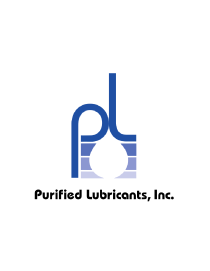Lube oil cleanliness is necessary for the reliable operation of machinery components such as bearings, gears and hydraulics. Failure to adhere to cleanliness standards can result in sluggish operation, excessive wear and premature failure.

Lube oil cleanliness is necessary for the reliable operation of machinery components such as bearings, gears and hydraulics. Failure to adhere to cleanliness standards can result in sluggish operation, excessive wear and premature failure.

In order to ensure the required plant availability, it is necessary to regularly check the degree of contamination due to solid particles and to monitor the water content in non-aqueous lubricants. Sensitive applications and components are often classified according to their tolerable limit of water content in milligrams/kilograms (mg/kg) or parts per million (ppm).

Ontario Power Generation is a government-owned utility company located in the Province of Ontario, Canada. Like most companies, Ontario Power is constantly seeking ways to improve equipment reliability. To this end, Ontario Power started a program to implement a common predictive maintenance program across its three nuclear generating stations.

High water content of lubricating oils negatively impacts the operation and longevity of the oils and the mechanical equipment components being lubricated. Water increases the oxidation rate of oils, thus prematurely using up the oils’ oxidation inhibitors. Additionally, water has been known to cause certain oil additives to precipitate out, as well as to chemically attack some additives.

“Our oil analysis results often show levels of water present in the oil. We are considering the purchase of portable equipment suitable for the removal of water from lube and hydraulic oil systems. I have also been told by some people that some separators can only remove water down to the water saturation level of the oil. Is there a preferred method for removing water from oil in a lube or hydraulic circulating system? How much water can be removed by these methods?”

